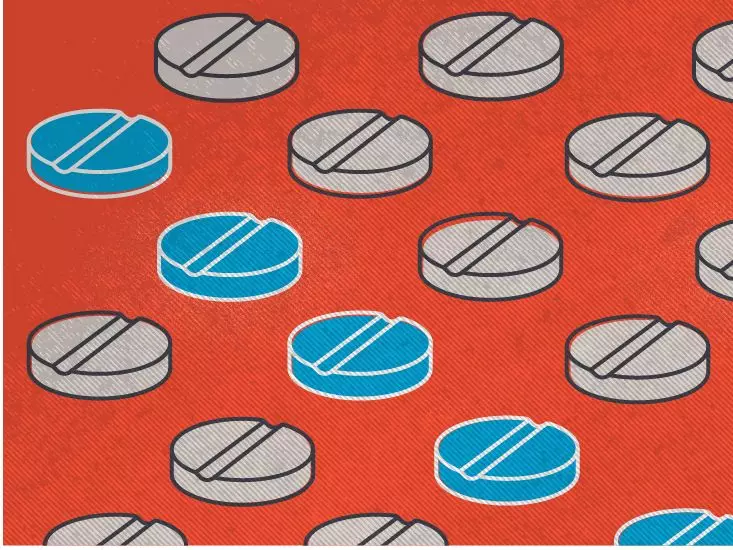Rubraca, a beacon of hope for many battling ovarian and prostate cancers, is celebrated for its ability to target and inhibit cancer cell growth. However, with the benefits of such targeted therapy come the shadows of possible side effects. Understanding these effects is pivotal for both patients and healthcare providers, as they can significantly impact the treatment journey. The actions taken in response to these side effects are as crucial as the drug itself. This article delves into the nature of Rubraca’s side effects, giving voice to patient experiences and advocating for effective management strategies.
Common Yet Manageable: A Closer Look at Side Effects
Many patients undergoing treatment with Rubraca report a range of side effects, some of which are relatively common. Nausea and fatigue persist as top contenders on this list, often proving disruptive to everyday life. Skin rashes, diarrhea, and fluctuations in liver enzyme levels also raise concerns for patients and their healthcare teams alike. What’s concerning is not only the physical manifestation of these side effects but also the psychological burden they can impose on patients already grappling with a cancer diagnosis.
When side effects such as nausea arise, patients might be left feeling defeated, unable to maintain their regular activities or enjoy their meals. Fatigue, on the other hand, can transform a once vibrant existence into one marked by lethargy and uncertainty. However, patients should feel empowered to discuss these issues with their doctors. There’s a world of antiemetic options, dietary adjustments, and even lifestyle changes available to help manage these side effects effectively.
The Role of Healthcare Providers in Patient Support
The conversation between patients and healthcare providers is crucial. It is essential for medical professionals to foster an environment where patients feel comfortable voicing their concerns about side effects. If nausea becomes unbearable or fatigue persists, modifications to the treatment regimen may be warranted. This collaborative approach can include reducing the dosage of Rubraca or considering alternative therapies.
Moreover, healthcare provider awareness of potential side effects fosters a proactive response to mitigating them. For instance, if patients experience increased sensitivity to sunlight—a common issue with Rubraca—they should be educated about safe sun practices. Equip them with knowledge of effective sunscreens, protective clothing, and the importance of staying hydrated. Such strategies not only improve the quality of life for patients but also affirm their autonomy in managing their health outcomes.
When Side Effects Become Serious: Urgency and Awareness
Though many side effects are mild and manageable, it is vital to recognize when to seek urgent medical attention. Serious side effects, such as allergic reactions or severe skin reactions, pose an immediate threat to a patient’s well-being. Symptoms like respiratory distress call for instant action; this is where understanding the severity of each side effect becomes crucial. Education can empower patients to act swiftly in seeking medical help, potentially averting life-threatening situations.
For those who may experience more serious side effects like thrombocytopenia or anemia, ongoing communication with healthcare professionals plays a central role in risk management. Regular blood tests and health monitoring should be part of the treatment framework, ensuring timely intervention when blood cell counts dwindle. Patients must be encouraged to report symptoms such as unusual bleeding or extreme fatigue without hesitation.
Advocating for Patient Experience: Reporting and Resources
The risks associated with medications like Rubraca extend beyond individual experiences; they influence the broader medical community. The FDA closely monitors these side effects, but the responsibility also lies with patients: reporting adverse experiences through platforms like MedWatch contributes to collective safety. This mutual sharing of information can steer the development of better therapeutic approaches and strengthen overall treatment safety.
Additionally, patients should be informed about resources available for managing their side effects. Support groups, both online and offline, can serve as invaluable platforms for sharing experiences and coping strategies. Through communal support, patients can find reassurance and understand that they are not alone in their struggles.
Tailoring the Treatment Journey
Every patient’s interaction with Rubraca is unique—survival depends on personalized approaches to combating side effects. Open discussions about treatment plans can lead to adjustments that cater to individual health profiles and lifestyle preferences, resulting in a more manageable and less burdensome treatment process.
Ultimately, empowering patients with knowledge and a voice cultivates resilience in the face of cancer treatment. As we continue to navigate the complexities associated with therapies like Rubraca, prioritizing patient experience can yield significant dividends in quality of life and treatment effectiveness.

